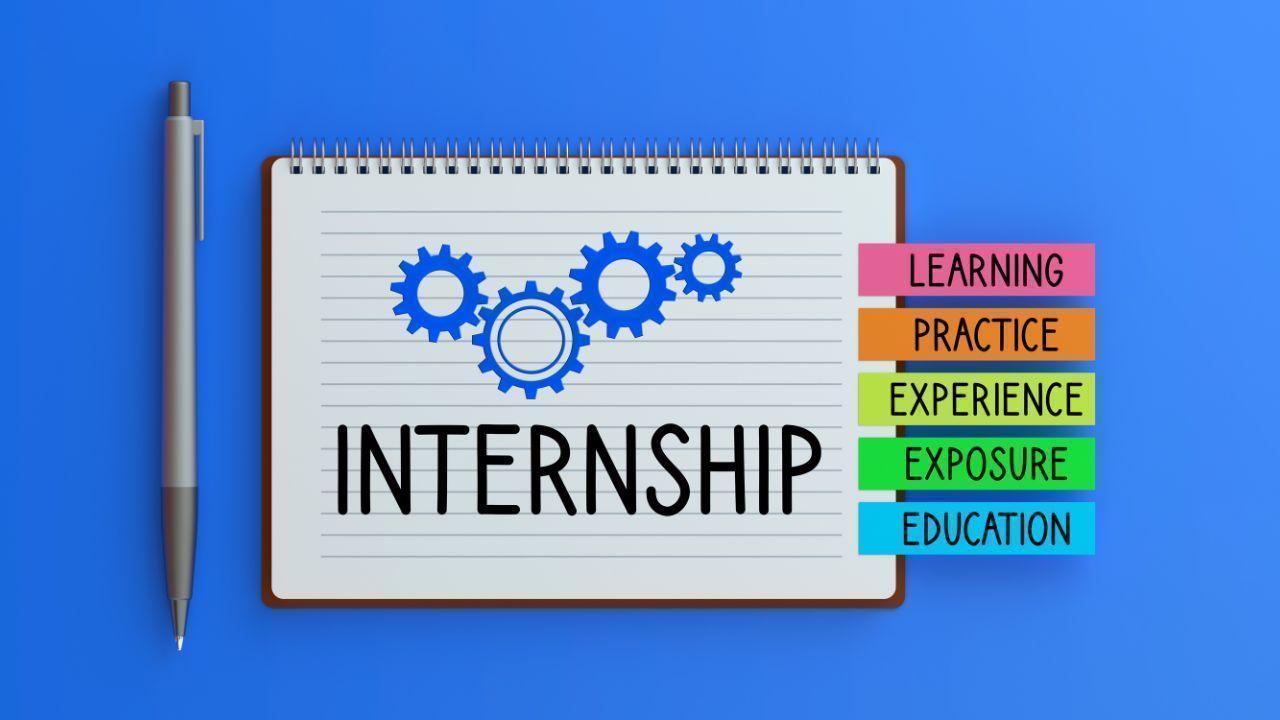



The Ultimate Timeline for Securing Your Student Visa
The ultimate student visa timeline: don’t miss these key dates if you’re planning to study abroad. Getting a student visa is one of the most important parts of your study journey, and it can take time. Many students feel confused about when to start, what to prepare, or how long the process will take. That’s why following a clear and early timeline can help you avoid stress and stay on track.
Studying abroad is exciting, but missing key deadlines can delay your plans. You might have your university admission, but without a visa, you can’t travel or attend classes. So, let’s walk through the full visa timeline, step by step, in an easy and clear way.
Start Early With Research
Your visa journey actually begins long before you apply for a visa. Around 12 to 10 months before your course starts, it is a good time to begin researching. At this stage, you should explore which country you want to study in and what kind of visa is needed. Each country has its own visa type for students. For example, the United States offers the F-1 visa, the United Kingdom offers the Student Route visa, and Canada provides a Study Permit. Germany, on the other hand, offers a student visa and even an Opportunity Card in some cases.
You should also check the visa rules, required documents, and how long it takes to get a visa for your selected country. This will help you make a better plan and avoid last-minute confusion.
Apply to Universities First
Once you know your target countries and universities, the next step is applying to them. Most students do this around 10 to 8 months before the course begins. University applications often require academic transcripts, language test results like IELTS or TOEFL, a personal statement or essay, and recommendation letters.
It may take several weeks or even months for universities to review your application and give you an offer. So, applying early gives you more time to focus on your visa after you get accepted.
Accept Your Offer and Prepare for Visa Documents
When you receive your offer letter, it’s time to accept it and confirm your seat at the university. Many universities will then send a special confirmation document that you’ll need for your visa. In Canada, it’s called a Letter of Acceptance, while in the US, it’s known as the I-20 form. These documents are key parts of your visa application.
Now is also the time to prepare your visa documents. This usually happens around five months before your course begins. You will need a valid passport, passport-size photos, proof of your university admission, bank statements or financial documents to show you can support yourself, and health insurance if it is required.
Apply for Your Visa on Time
The actual visa application process should begin around four to three months before your departure. Each country has its own steps. Some let you apply online, while others ask you to visit a visa office or embassy. In some countries, you will also need to attend a visa interview. For example, students applying to the USA must schedule and attend an F-1 visa interview.
It’s very important not to delay this step. Visa slots can fill up quickly, especially during the busy season. Applying early gives you enough time to fix any problems and avoid stress.
Wait for Approval and Stay Updated
After you apply, the waiting period begins. Some student visas are approved quickly, while others may take a few weeks or more. During this time, check your email and visa portal regularly. Sometimes, the visa office may ask for more documents or clarification. Make sure to respond quickly so that your application is not delayed.
If your visa is approved, you will receive a confirmation and, in many cases, your passport will be returned with the visa stamp or sticker. This means you’re ready for the next steps.
Final Steps Before You Travel
Once your visa is approved, you can book your flight and plan your travel. This usually happens one or two months before your course starts. Also, arrange your housing, airport pickup if available, and get ready for orientation day at your university. Make sure to keep all important documents, including your visa approval, passport, admission letter, and travel insurance, in your hand luggage.
The last few weeks should be used to pack your bags, download useful apps for the country you’re going to, and prepare both mentally and emotionally for this exciting journey.
Disclaimer:
The content provided in this article is for general information and guidance purposes only. While Myedugoal aims to keep all information accurate and up to date, visa rules, university policies, and government regulations may change over time. Readers are encouraged to verify details with official sources such as embassy websites, immigration offices, or universities before making any decisions. Myedugoal is not responsible for any loss or inconvenience caused due to reliance on the information provided here.
#trending #latest #studyabroad #myedugoal #studentvisa #internationalstudents #globaleducation #abroadstudies #studyabroadjourney #educationconsultant #careersabroad #studytips #applyabroad

University Internships That Help You Get a Job After Graduation... Read More.

Is It Smarter to Start at a Community College... Read More.
 Fake posts hit Czech PM Fiala's X
Fake posts hit Czech PM Fiala's X
Fake posts disrupt Czech PM Fiala's X account security
 Switzerland Tightens Export Rules
Switzerland Tightens Export Rules
Switzerland expands export controls on dual-use goods
 Google unveils Ironwood AI chip
Google unveils Ironwood AI chip
Google introduces Ironwood chip to accelerate AI tasks & apps
 TSMC Q1 revenue up 42%
TSMC Q1 revenue up 42%
TSMC sees 42% revenue surge in Q1, surpassing forecasts
 Amazon CEO Outlines AI Vision
Amazon CEO Outlines AI Vision
Amazon CEO reveals AI investment plans in new letter
 Osaka Hosts World Expo 2025
Osaka Hosts World Expo 2025
Japan blends tech and culture at Osaka Expo 2025 launch
 A16z Plans Big Bet on AI Startup
A16z Plans Big Bet on AI Startup
A16z may lead huge round in ex-OpenAI CTO’s new AI firm.
© MyEduGoal. All Rights Reserved. Design by markaziasolutions.com